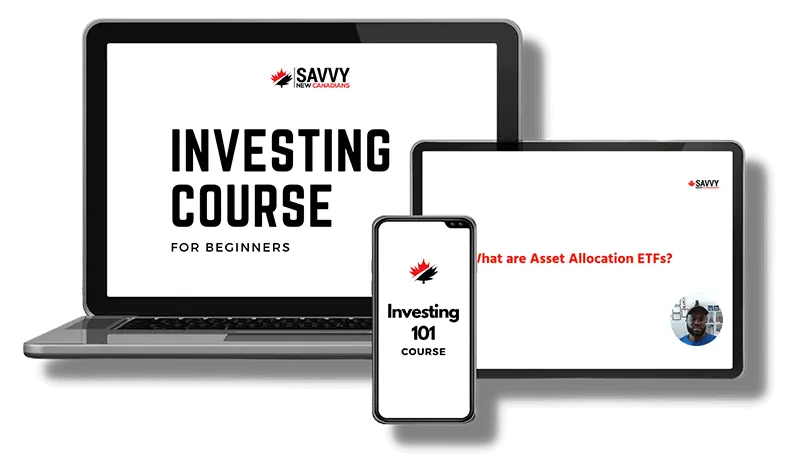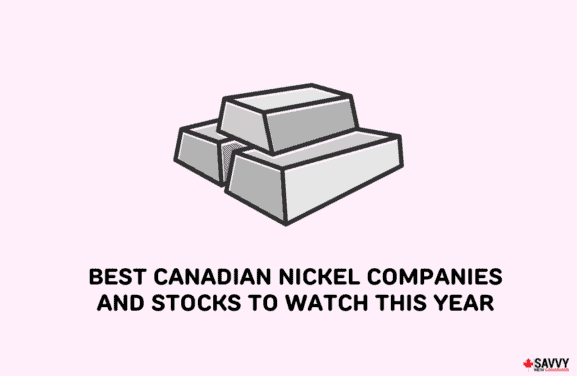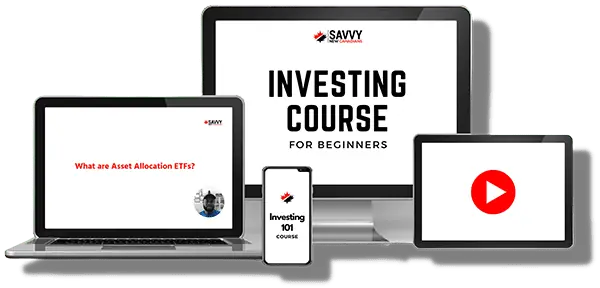Building wealth in Canada is necessary to achieve early retirement and financial freedom. This journey won’t exactly be easy, but the earlier you start working on building your wealth, the better and easier it will be to reach your financial goals.
This article covers the 7 ways you can build your wealth in Canada, from the initial stages of establishing a solid financial foundation to growing and protecting your finances.
Key Takeaways
- To build wealth, it’s best to first make the most of your current income, tackle debt early, and minimize expenses before grabbing opportunities to earn more money.
- Once you’ve optimized your current financial standing, you can invest in stocks or real estate, start a side hustle, or establish a business to diversify your income streams.
How to Get Rich in Canada
There’s no one-size-fits-all path to becoming wealthy in Canada, but these 7 strategies are some of the best starting points you can follow.
1. Establish a Solid Financial Foundation
Before you try to grow your money, establish a solid financial foundation that’ll allow you to make the most of your existing income and provide you with a safety net in case of financial emergencies.
We can divide this process into learning to budget, building emergency funds, and reducing spending.
Learn How to Budget
Budgeting is somewhat self-explanatory. That said, while many people recognize this wealth-building strategy, they don’t implement it. If you’re not already doing so, go ahead and start budgeting.
One of the simplest budgeting methods is the 50-30-20 rule, which states that you should spend 50% of your income on needs, 30% on wants, and 20% on savings or debt repayment.
Further reading on this topic: best budgeting books and the cash envelope system. Also, here are some budgeting templates.
Build an Emergency Fund
When you set your budgeting goals, allocate some of your income to build an emergency fund. This way, even if you encounter unexpected financial hiccups, you’ll have a financial safety net covering your expenses instead of using high-interest debt.
Some people view savings and emergency funds as the same. But I recommend separating them as you start to grow your savings.
Your savings can go towards specific purchase goals, while the emergency fund, as the name suggests, is specifically for unexpected expenses.
Reduce Your Spending
After you’ve set a budget and started building your emergency fund, look for opportunities to reduce your spending. You may want to look into cheaper alternatives for goods and services you regularly use or reconsider your allocated budget for “wants.”
2. Pay Off Your Debt and Use Credit Wisely
The longer you carry debt, the more you’ll lose money towards paying the interest. So, as early as possible, pay off any outstanding debt you have, including student loans and credit card balances.
Two of the best debt payment strategies to jumpstart this process are the debt snowball, which prioritizes paying off smaller balances first, and the debt avalanche, which targets high-interest debt first.
As you start to pay off your debt, don’t forget to utilize credit wisely.
While using a credit card responsibly can help grow your credit score, making it the gateway to leisurely spending money you don’t have will only lead to financial trouble in the long run.
3. Invest Smartly
Investing smartly is the key to growing your money, but remember that this process yields long-term results, not overnight. Let’s discuss some essential tips for ensuring your investments thrive and not just maintain their value.
Invest in the Stock Markets
Investing in stocks is often not as complicated as most people think. Of course, this process has a bit of a learning curve. However, with all the free and paid resources available online, even for a beginner, investing in the stock markets has never been easier.
Diversify Your Investments
When investing, don’t put all your eggs in one basket. No matter how promising a single investment may seem, there’s always the risk that it’ll underperform or fail. By diversifying your investments, you’ll ensure that even if one or some of your investments suffer losses, other investments will still yield returns.
Minimize Fees and Invest With a Long Term Mentality
Fees are inevitable when investing in the stock market, but there are still ways to minimize them. Consider using low-cost brokers, for example, to minimize the fees that can eat into your portfolio.
On top of minimizing fees, consider investments as a long-term commitment.
It’s much better to invest in a diversified, risk-appropriate portfolio that offers reasonable returns over the years than to chase the market and bet on a few super-risky stocks.
Use Tax-Advantaged Accounts
To maximize investment earnings, grow your retirement savings using tax-sheltered accounts such as RRSPs and TFSAs. If possible, max out your contributions in both of these accounts.
4. Start a Side Hustle
Investments are great for long-term wealth growth, but if you want immediate access to additional income, starting side hustles is the way to go.
There are dozens of side hustles anyone can start without experience, and the best part is you can start most of them from the comfort of your own home.
Some side hustles you can start include dropshipping, Amazon FBA, becoming an online tutor, and pet sitting in your extra time.
5. Start Your Own Business
The idea of becoming a business owner might seem intimidating, but it’s quite feasible to start your own business from scratch. Especially now that there are numerous online business opportunities that require minimal initial investment to get started.
Remember to always research the viability of each business idea before committing, and start small before scaling up.
The best part about starting your own business is that, eventually, it can serve as passive income.
6. Invest in Real Estate
The traditional way to invest in real estate is to purchase and resell properties for a profit. However, this costly investment method is just one of numerous ways to start investing in real estate.
Thanks to Real Estate Investment Trusts (REITs), for example, anyone can purchase REIT stocks now and earn dividends when the trust invests in revenue-earning properties.
Since real estate tends to appreciate over time and has real-life utility, it can be one of the best investment choices if you want to grow your wealth.
7. Protect Yourself Using Insurance
As you grow your wealth and likely your standard of living, emergency funds can only cover a limited amount of your expenses for unforeseen events such as serious illnesses, major accidents, and other emergencies.
So, it’s best to protect yourself using insurance policies that cover you and your family if you face unexpected financial challenges. The most common insurance types you might want to consider in Canada include life, home, tenant, health, critical illness, and disability insurance.
FAQs
The latest data shows that the top 1% of Canadians earn at least $271,300 annually, and the top 0.1% earn a minimum of $895,600 per year.
Some of the highest-paying jobs in Canada include software developer, financial analyst, and HR manager. However, with the right strategies, it’s not impossible to become rich in Canada, even if you don’t work in these high-paying careers.
It’s possible to become rich overnight, but only in the very rare event that you miraculously win the lottery or inherit a massive fortune. For most, or 99% of people, getting rich overnight is unrealistic.






